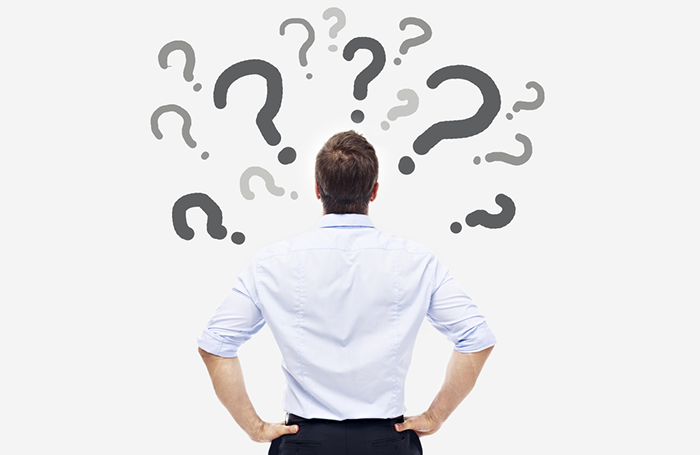When it comes to segmentation, some lines seem easy to draw. Segmenting your market by geographical location, company size, or annual income makes sense. But are these the only ways in which you can group your target audience to gain a deeper understanding of them, or can you find new ways to see your market? These questions will give you more insight into the relationship between your products and your prospects. With this knowledge, you can build more robust customer personas, meet leads’ specific needs, and simplify their decision-making process for them.
Who Are Your Customers?
The more you know about your prospects, the better. Data enhancement can fill in any blanks on a lead’s record and give you a more nuanced view of the demographic and firmographic details that form the basis of segmentation. Analyze your data and look for groupings that might suggest a hidden correlation or an innovative off-label use for your product line. For example, a manufacturer of refrigerated cases for grocery stores might find a strong ancillary market in florists’ shops.
How Deep Is Their Decision-Making Hierarchy?
In B2C sales, you may not need to convince anyone but the consumer. B2B sales are a different story; you not only need to persuade the end user, but you may also have to convince the shift supervisor, the purchasing manager, and an alphabet soup of c-level executives. Marketers tend to focus on the top tier of decision-makers, but in some cases, it can make more sense to approach the end users and the tier directly above them in the buying process. In small to mid-sized businesses especially, end users’ opinions carry a great deal of weight; speaking directly to this audience will earn you points for industry knowledge.
Why Do They Care?
Your customers have different reasons for listening to and buying from you. Some are price-sensitive; others are quality-conscious. Some choose you because of the level of technical support you offer. Others are fine with minimal support but expect regular updates. Understanding what your customers’ priorities are and sorting them into segments based on them can be a revealing way to look at your audience.
What Problems Do They Face?
Just as customers have their own reasons for seeking you out in particular, they have different problems they’re hoping to eliminate. In a crowded industry niche, competition might be their greatest challenge. For a business that owns its niche entirely, stagnation may be a greater concern. Know what risks your audience is averse to, and you’re able to help them avoid these pain points.
Is Your Knowledge Actionable?
When getting creative with defining new market segments, you need to see meaningful results from your innovation. Sift through data carefully to remove coincidental groupings. It does little good to know that all your best customers have red hair, for example, if red hair isn’t a meaningful indicator of successful sales. Sometimes a relationship appears real at first but later turns out to be specious; it’s a good idea to remain flexible with your segmentation strategy so you can re-sort prospects into new groupings if their current ones have less predictive power than you expected.
© Reach Marketing LLC 2017 All Rights Reserved.







